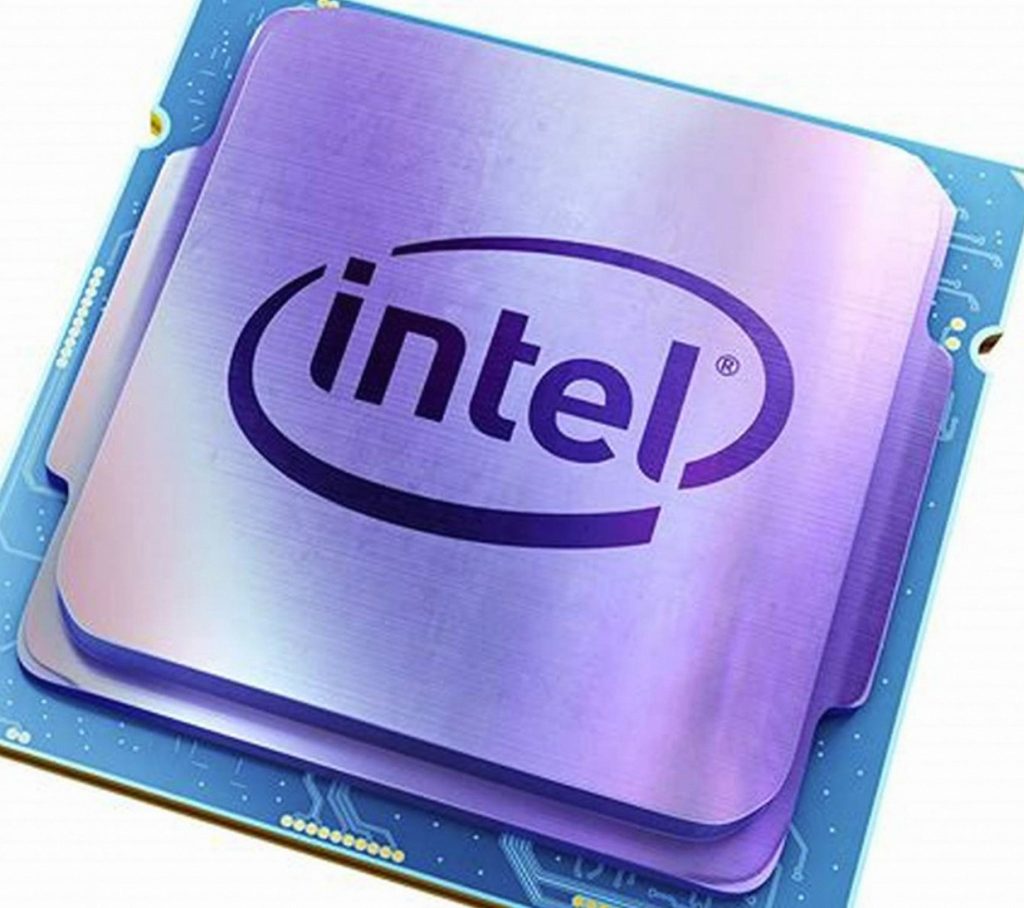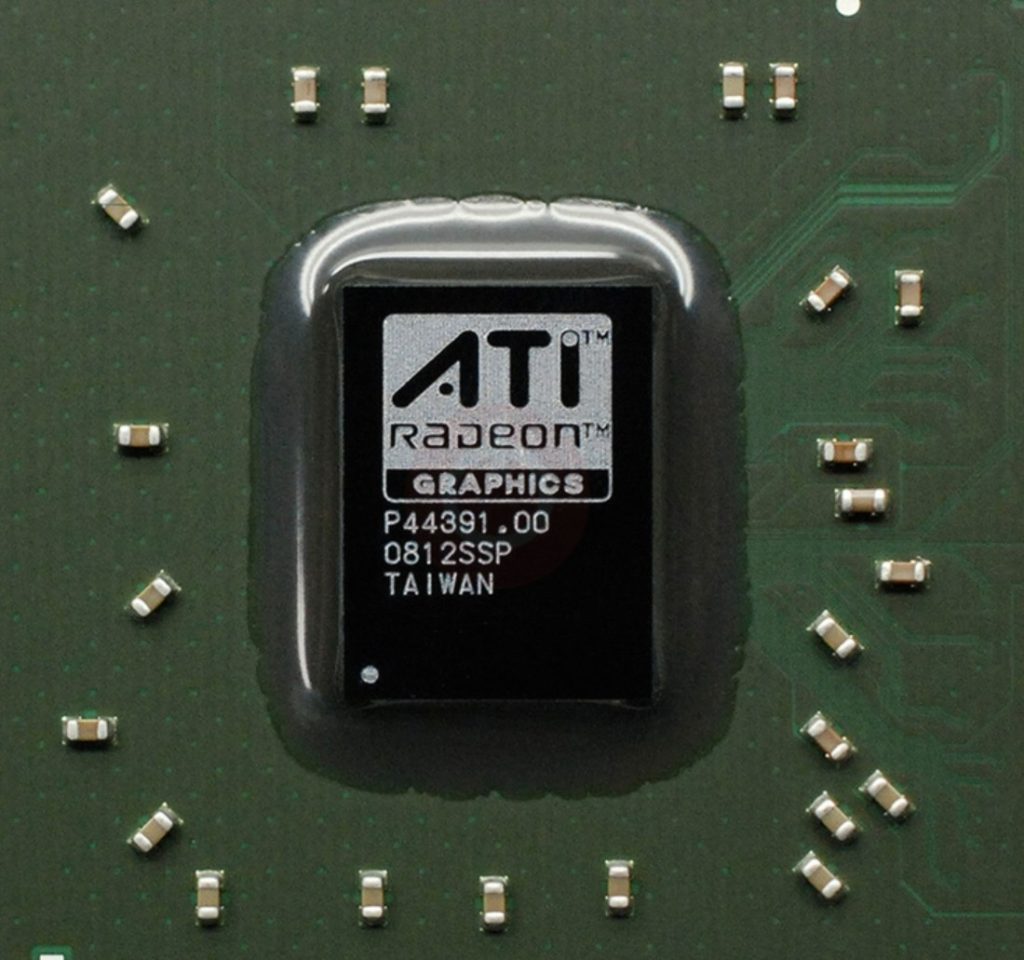A CPU fan error message during startup on your ASUS system can be nerve-wracking. This error arises because your computer’s safeguard detects a potential overheating issue due to a malfunctioning CPU fan. Luckily, there are several solutions you can try before resorting to professional help. This guide will explore four key troubleshooting steps to address CPU fan errors on ASUS systems.
Part 1: Verification and Basic Checks

Physical Inspection:
Open your computer case and ensure the CPU fan cable is securely plugged into the designated CPU fan header on the motherboard. Look for any loose connections or visible damage to the fan blades. Dust buildup can also impede fan rotation. Use compressed air to gently clean the fan and surrounding areas.
Listen and Observe:
With the computer case open, powering on your system and listening for any movement from the CPU fan can offer critical insights. If the CPU fan does spin upon system startup, but the error message persists, it could indicate potential issues with the fan speed or erroneous sensor readings. In this scenario, troubleshooting steps related to fan speed control in the BIOS or updating system firmware to address sensor inaccuracies may be beneficial.
However, if there is no movement from the CPU fan despite the system being powered on, it strongly suggests that the fan itself is defective. In such cases, it is essential to consider replacing the CPU fan with a compatible and functional replacement to restore efficient cooling and prevent potential overheating issues.

By carefully observing the CPU fan’s behavior during system startup, you can make informed assessments and implement appropriate solutions to address the underlying cause of the error. This step-by-step approach allows for a more targeted and effective resolution of the CPU fan error on your system.
Part 2: BIOS Adjustments
Accessing BIOS:
Although the specific key might differ depending on your ASUS motherboard model, it’s typically DEL, F2, or F10 during bootup to enter the BIOS (Basic Input/Output System) settings. Consult your motherboard manual for the exact key.
Adjusting Fan Settings:
Navigate to the “Monitor” or “Fan” section within the BIOS. Look for options related to CPU fan speed or Q-Fan Control. Try setting the “CPU Fan Speed Low Limit” to a value like 200 RPM or enabling “Ignore” for the CPU fan speed if your system uses liquid cooling. Saving these changes and rebooting might resolve the error. Refer to your motherboard manual for specific guidance on navigating the BIOS and available fan control options.
Part 3: Advanced Troubleshooting

Updating BIOS:
An outdated BIOS might have compatibility issues with your CPU fan. Download and install the latest BIOS update for your specific ASUS motherboard model from the official ASUS website. Updating the BIOS can be a delicate process, so ensure you follow the manufacturer’s instructions carefully to avoid further complications.
Testing with a Different Fan:
If the CPU fan error persists despite troubleshooting efforts, an alternative approach to consider involves testing your CPU with a known-functional fan sourced from another computer. By connecting a verified working fan to your CPU, you can effectively isolate whether the issue lies with the fan itself or potentially with the connection to the motherboard. This diagnostic step can provide valuable insights by determining if the problem is solely related to the CPU fan’s functionality or if there are underlying issues with the motherboard’s fan header or related components.
Through this method, you can gather critical information that can help you identify the root cause of the CPU fan error and guide your subsequent troubleshooting steps. Whether the fault lies with the fan or the motherboard connection, this targeted testing approach can provide clarity, enabling you to take informed measures to resolve the issue and restore the reliable operation of your computer system.
Part 4: Seeking Professional Help

Consulting ASUS Support:
If none of the aforementioned solutions prove effective in resolving the CPU fan error on your ASUS motherboard, it is advisable to seek assistance from ASUS customer support. Their knowledgeable support team can offer further troubleshooting steps tailored to your specific motherboard model and guide you through the process of resolving the issue. Depending on your warranty status, they can also provide information about potential replacement options for your CPU fan or offer recommendations for further diagnostics or repairs.
Reaching out to ASUS customer support ensures that you receive accurate and personalized assistance, addressing the CPU fan error in a manner that aligns with the unique specifications of your ASUS motherboard. This direct engagement with the manufacturer’s support team can help alleviate any uncertainties and provide a clear pathway toward rectifying the issue, ultimately ensuring the optimal performance and longevity of your ASUS system.
Professional Repair:

In rare instances, persistent CPU fan errors may be indicative of underlying hardware malfunctions, such as a faulty motherboard fan header. If the issue cannot be resolved through standard troubleshooting methods, it is advisable to seek assistance from a qualified computer repair technician. These professionals possess the expertise and equipment required to diagnose and address complex hardware-related complications.
A skilled technician can conduct a comprehensive assessment of your system, including the CPU fan, motherboard, and related components, to identify the specific source of the issue. Their advanced diagnostic tools and technical knowledge enable them to pinpoint and rectify the problem with precision. Whether it entails repairing or replacing faulty hardware components, the technician can offer tailored solutions to effectively resolve the CPU fan error.
By engaging the services of a qualified computer repair technician, you can mitigate the risk of potential damage to your system and ensure that intricate hardware issues are expertly addressed, ultimately restoring the optimal functionality and stability of your computer.
Additional Tips:

When working inside your computer case, ensure you are properly grounded to prevent electrostatic discharge (ESD) damage to sensitive components. Take note of any error messages displayed during startup. These messages might provide clues about the nature of the CPU fan error. Regularly monitor your CPU temperature using software tools. Overheating can significantly impact your system’s performance and lifespan.
By following these steps and keeping these tips in mind, you should be well-equipped to troubleshoot and fix CPU fan errors on your ASUS system. If the problem persists, don’t hesitate to seek professional help to ensure the optimal performance and longevity of your valuable machine.




